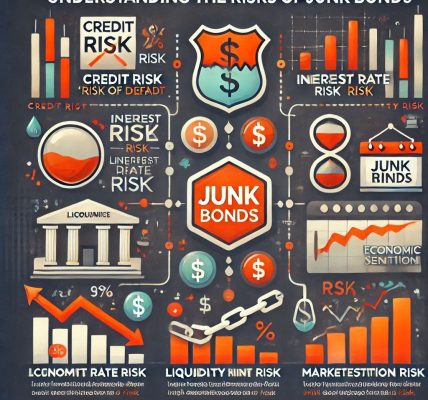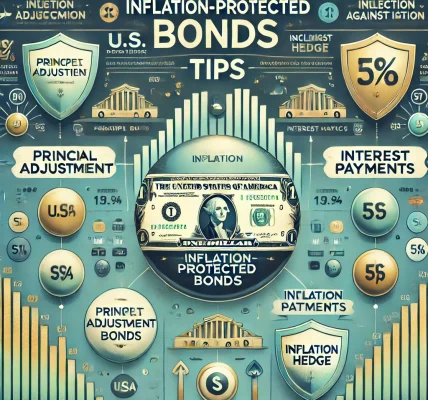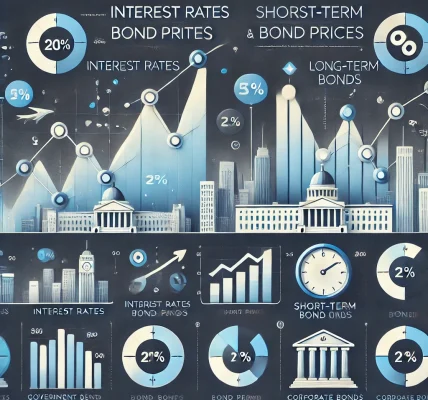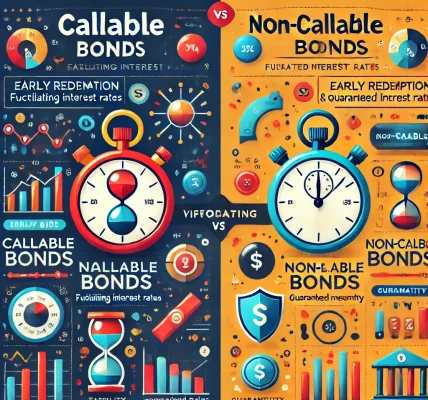Understanding the relationship between interest rates and bond prices is crucial for investors seeking to make informed decisions. Interest rates and bond prices share an inverse relationship: when interest rates rise, bond prices fall, and when interest rates fall, bond prices rise. This dynamic is a fundamental principle of the bond market and can significantly affect investment portfolios.
Why Do Bond Prices Move Inversely to Interest Rates?
The inverse relationship between interest rates and bond prices stems from the fixed nature of bond coupon payments. When new bonds are issued with higher interest rates, existing bonds with lower rates become less attractive, causing their prices to decline. Conversely, when new bonds offer lower yields, existing bonds with higher coupon payments become more valuable, increasing their market price.
For example, if an investor holds a bond with a 4% coupon rate and market interest rates rise to 5%, new bonds will offer better returns, making the existing 4% bond less desirable. As a result, the price of the 4% bond will decrease until its yield aligns with current market rates.
Duration: Measuring Sensitivity to Interest Rate Changes
A bond’s sensitivity to interest rate changes is measured by its “duration.” Duration indicates how much a bond’s price is expected to change for each percentage point change in interest rates. Longer-duration bonds are more sensitive to interest rate fluctuations, while shorter-duration bonds exhibit less price volatility.
For instance, a bond with a duration of 7 years will experience approximately a 7% price decline if interest rates rise by 1%, and a similar price increase if interest rates fall by 1%. Understanding duration can help investors manage risk in changing interest rate environments.
Implications for Investors
- Rising Interest Rate Environment: In a rising rate environment, bond prices generally decline. Investors may prefer shorter-duration bonds to reduce exposure to price volatility.
- Falling Interest Rate Environment: When rates decrease, bond prices increase. Long-duration bonds can provide higher capital appreciation in such conditions.
- Diversification Strategy: Holding a mix of short-, medium-, and long-term bonds can help mitigate the impact of rate changes. Additionally, investing in floating-rate bonds or inflation-protected securities may offer further protection.
- Income vs. Capital Gains: Investors focused on income might prioritize high-coupon bonds, while those seeking capital gains may benefit from price appreciation in long-duration bonds during declining interest rate periods.
Key Takeaways
- Interest rates and bond prices move inversely.
- Duration measures a bond’s sensitivity to interest rate changes.
- Investors can mitigate risks by diversifying bond holdings and adjusting duration exposure.
- Monitoring interest rate trends is essential for optimizing bond investment strategies.
By understanding how interest rates impact bond prices, investors can make more informed decisions and better manage their portfolios in varying economic conditions.




